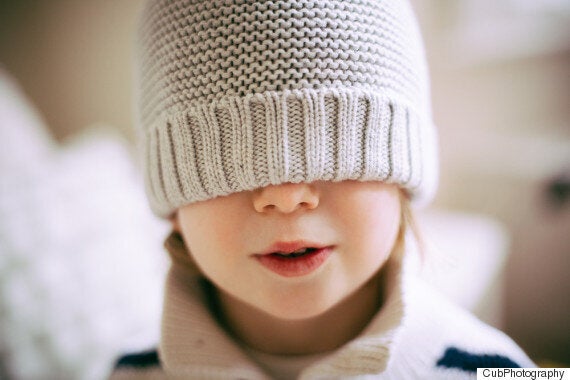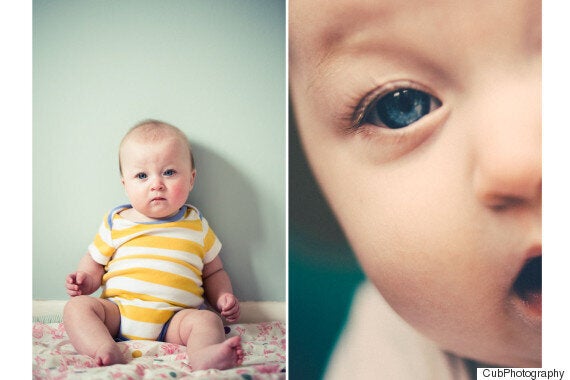A professional photographer has shared her secrets for capturing natural and beautiful photos of children and babies.
Taking photos of children to capture precious moments as they grow up can go wrong for two very different reasons.
Either you opt you take the photos yourself and run the risk of ending up with at least one of your children grimacing in every shot and a potentially stressful situation; or you pay for a professional photographer, which could result in your kids awkwardly posed with props and backgrounds that you've seen a hundred times before.
Emily Kelly, founder of CUB photography has found a way to capture children at their most natural in her own photography.
She shared her expertise with HuffPost UK Parents.
"I adore photographing children," she told us. "However, what existed in the world of children’s photography felt counter-intuitive: soulless studio locations, twee props and forced grins.
"When I asked around, most parents cringed at the thought of these photos, but felt there was no alternative."

Kelly added: "I thought there must be a better way; one that connects beautiful, authentic children’s photography with what parents truly desire. With this in mind, I set up CUB."
Photos from CUB are driven by the children, rather than their surroundings and steer clear of props.

Here are Kelly's top five tips for taking photos of your children.
1. Go with the flow.
Kelly said: "Children are rarely predictable: they are curious, impatient and constantly on the move, so work with it - the most beautiful photos are often the least posed.
"Shadow your child with the camera for a morning - their initial interest and cheesy photo grins will soon wane as they become more interested in something else. It’s at this moment that the opportunity to capture natural, genuine moments arises."

2. Pay attention to your composition.
"Even if you’re shooting with your phone, paying closer attention to the composition of your photos will improve them," said Kelly.
"Don’t be afraid to get up close and fill the frame to create a sense of dynamism and intimacy. Do this as you take the shot, rather than afterwards with a crop tool, to avoid losing image quality.
"Photograph your child against an empty backdrop with a pleasing colour palette or texture – fences, garage doors and brick walls can all be used to great effect."
SEE ALSO:
Kelly added: "Consider varying up your angles; a birds-eye perspective can emphasise how little your child is, whilst shooting from low down on your child’s level can create a sense of camaraderie and invite you into their world.
"Finally, don’t forget the simple things such as making sure your lines are straight and the symmetry is good. This will make your shots look more pleasing and polished."

3. Position kids where the light is best.
"Encourage your child to play, read or eat near a natural light source," advised the photographer.
"Window light works particularly well: on cloudy days make the most of the soft, flattering light and on sunny days use the shadows to interesting graphical effect.
"Shooting outdoors is also a great choice, though if you work within the 'magic hour' (approaching dawn or dusk) the results will be significantly more beautiful and atmospheric.
"In fact, 'civil twilight' (the 30 minutes or so before dawn and after dusk) often produces a magnificent inky blue light, so it is well worth taking advantage of this if you use a DSLR [Digital Single Lens Reflex camera] - camera phones don’t tend to cope quite so well).
"Lastly, try not to take photographs in artificial light if you can avoid it. It’s rarely flattering and even if you have a stand-alone flash unit, natural light will always triumph."

4. Watch out for distracting elements.
Kelly said: "It’s always worth double-checking what’s going on in the frame before taking the shot.
"So take a moment to look around the scene and either remove or wait for any distractions to pass. Watch out especially for cluttered backgrounds, clashing colours and mucky skin or clothing."

5. Keep at it.
"The great thing about digital photography is that you can practice as much as you like," said Kelly.
"For every shot you take, think about all of the alternative ways you could take it and try it. You might end up with ten variations of the same photo, which will allow you to see what makes sense compositionally and piece together why some shots are stronger than others.
"Also have a look at professional children’s photographers online; remember the elements you like and try to incorporate them into your own shots. A little tuition might also be a game-changer."

